-
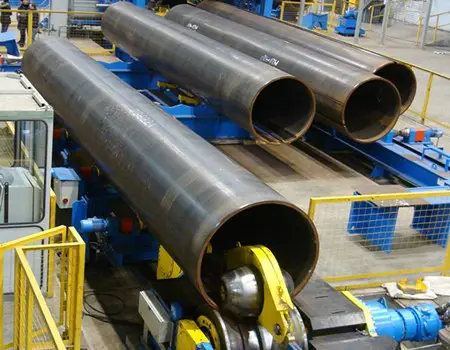
The water supply of the room is important to adopt steel and conical steel pipes to cause “secondary pollution” in pipeline transportation. In daily life, the quality of drinking water and the safety of water pipes are the core of people's lives. Double-sided submerged arc welding straight seam steel pipe
-
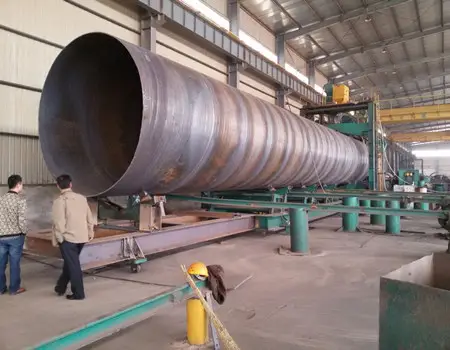
1. Apparent requirements for straight seam steel pipe welds Before the non-destructive testing of straight seam steel pipes, the inspection of the weld appearance should meet the requirements. The general requirements for the appearance of straight seam steel pipe welds and the surface quality of welded joints are as follows: the appearance of the weld should be well formed, and the width should be 2 mm per side over the edge of the groove. The height of the fillet of the fillet weld shall comply with the design regulations and the shape shall be smooth transition.
-
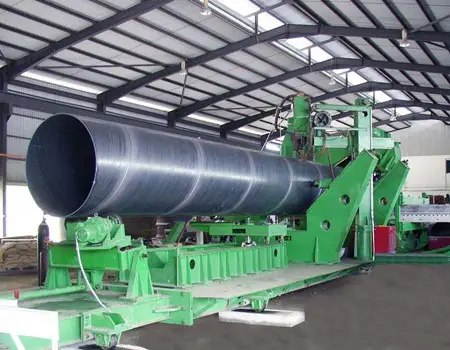
Acceptance
1.1 The quality inspection and acceptance of straight seam steel pipes shall be carried out by the technical quality supervision department of the supplier.
-
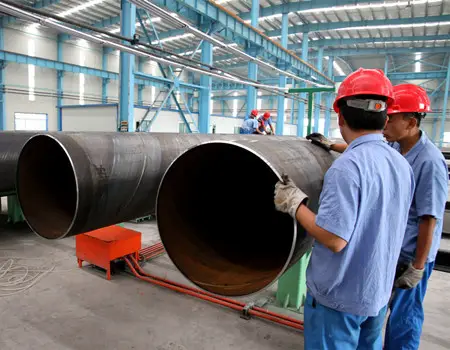
The high-frequency resistance welded steel pipe is different from the ordinary welded pipe welding process. The weld is made of the base material of the steel strip body, and the mechanical strength is better than that of the general welded pipe.
-
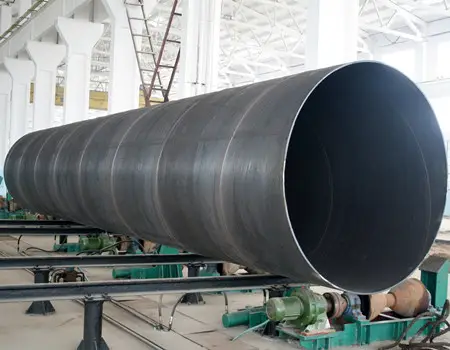
Two ways of welding high-frequency straight seam welded pipe units: contact welding and induction welding.
-
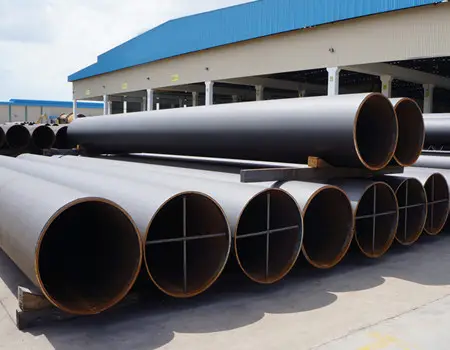
Drainage straight seam steel pipes, sewage pipes, and drainage pipes are systems consisting of pipe channels that collect and discharge sewage, wastewater, and rainwater, and their ancillary facilities. Including the main pipe, the branch pipe and the pipe leading to the treatment plant, whether it is built on the street or anywhere else, as long as it is a drainage pipe, it should be counted as a drainage pipe.
-
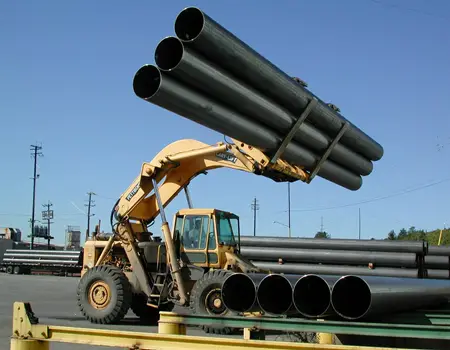
Large diameter steel pipe can be used for straight seam pumping sand used, taking widely used in sand mining machinery, dredging, salt extraction, Chati iron, steel can be called pumping sand , sand pumping pipeline , pumping sand with steel.
-
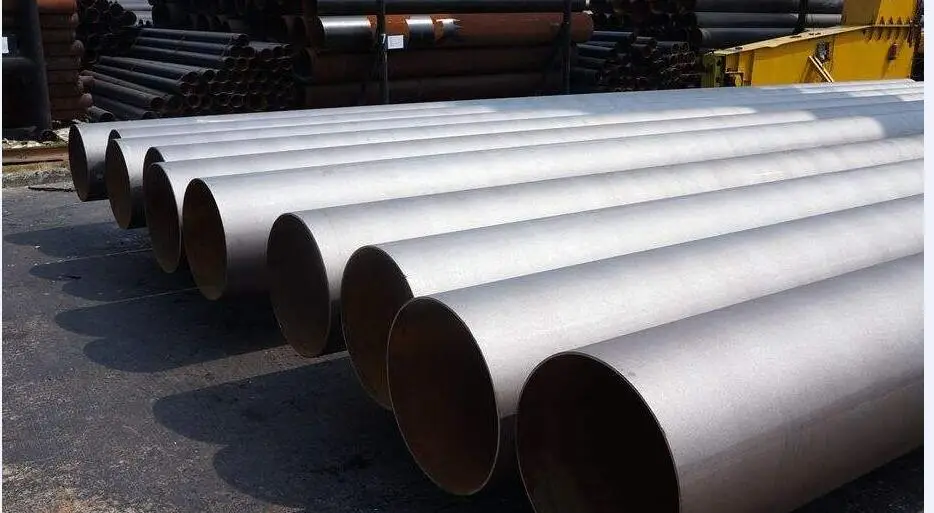
Purchasing this industry should be relatively rich, but it is also very difficult to do. They also carry a lot of hardships. The materials that come out of the project also have many things that they have never seen before. They also have to study and study. Sewage steel pipe purchase should pay attention to the points.
-
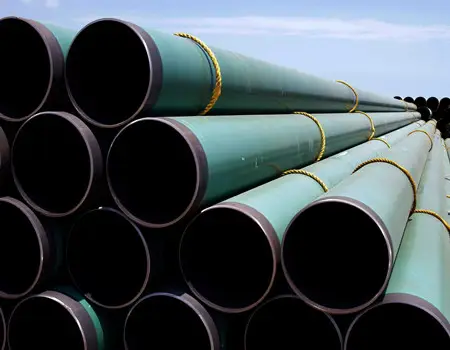
Technical requirements and quality inspection of straight seam pipe According to the standard of GB3092 "welded steel pipe for low pressure fluid transportation", the nominal diameter of welded pipe is 6~150mm, the nominal wall thickness is 2.0~6.0mm, and the length of welded pipe is usually 4~10m. It can be factory-made according to the length of fixed length or multiple length. The surface quality of steel pipe should be smooth, and there are no defects such as folding, cracking, delamination and lap welding.
-
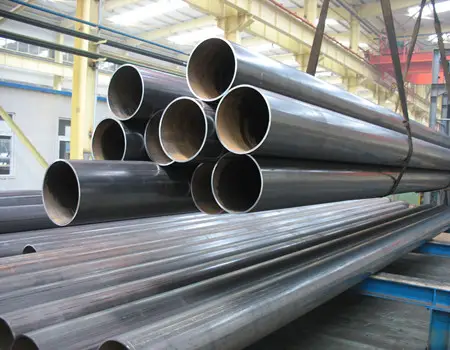
Large-diameter straight seam steel pipes can be used as dredging pipes , which are mainly used to clean steel pipes conveying sediment, mud and other mixed debris.
-
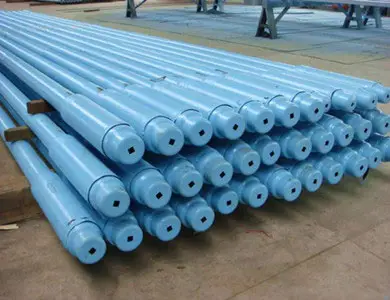
What is a petroleum steel pipe? The petroleum steel pipe is a long steel with a hollow section and no joints around, and the petroleum cracking pipe is an economical section steel.
-
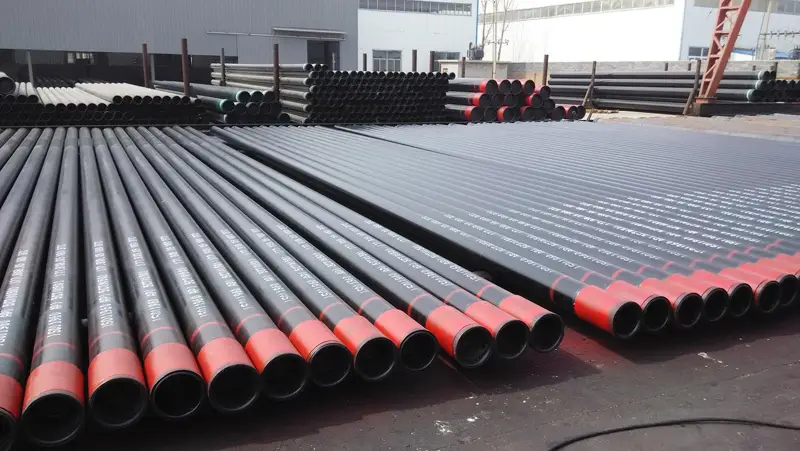
What are the precautions for using oil casings? The oil casing is used to support the oil and gas well walls to ensure the normal operation of the entire well after the drilling process is completed. Each well is based on different depths of drilling and geology, using several layers of casing. After the casing is down, the cement is to be cemented. It is different from the oil pipe and the drill pipe and cannot be reused. It is a disposable material.
-
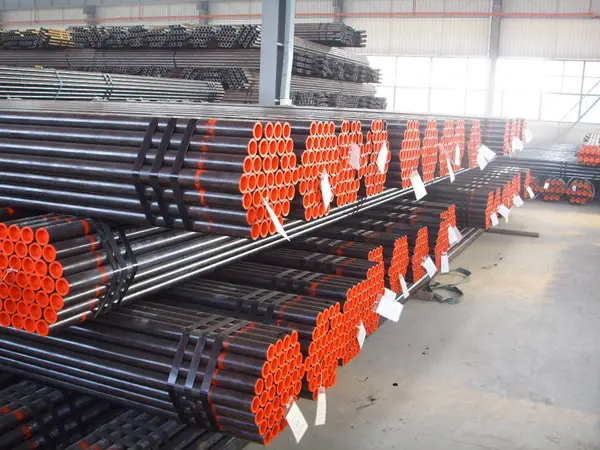
The history of oil casing development. After nearly 20 years of hard work, China's oil casing production has gone from scratch, from low price to high price, from low steel grade to API series products to special demand non-API products, from quantity to quality are close The level of foreign oil casing products. The domestic market share of China's oil well pipes has exceeded 80%, and has been a net export product for many years.
-
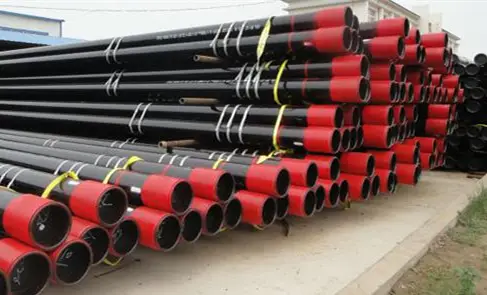
What is the type of line pipe tempering? According to the performance requirements of pipeline steel pipes, depending on the tempering temperature, tempering can be divided into the following types:
-
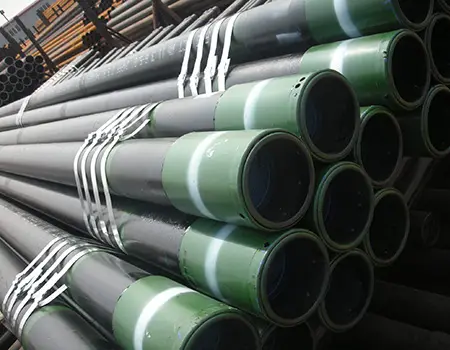
Structural performance comparison of seamless steel tubes. Carbon structural steel pipe: This kind of structural steel pipe is generally smelted by converter or open hearth furnace. Its main raw material is molten iron and scrap steel. The content of sulfur and phosphorus in steel is higher than that of high quality carbon structural steel pipe. Generally, sulfur is ≤0.050% and phosphorus is ≤0.045%.
-
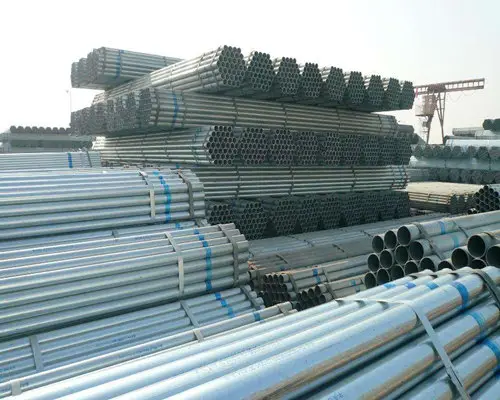
The application of galvanized flat steel has also expanded correspondingly with the development of industry and agriculture. Therefore, the enterprises engaged in the production of galvanized flat steel in China are also required to have higher requirements for the galvanized flat steel. It is also because of the high new reference price of galvanized flat steel, so the production and process requirements are also very high, so the application range and type of flat steel is also very rich. So what is the difference between galvanized flat steel and round steel?
-
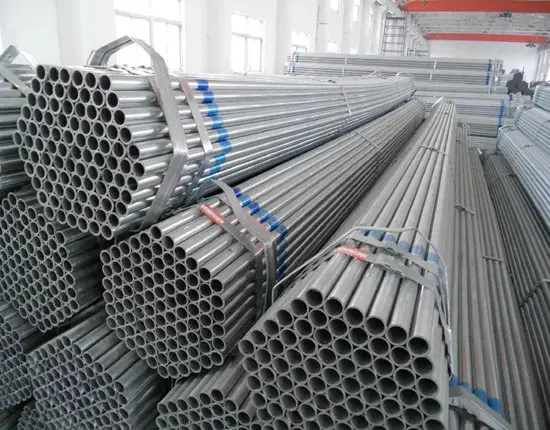
The main difference between different hot-dip galvanizing methods is how to activate the surface of the tube after acid leaching to improve the quality of galvanizing. Dry and redox methods are mainly used in production, and their characteristics are shown in the table. Galvanized steel pipes can be classified into hot-dip galvanizing and electro-galvanizing. Hot-dip galvanizing includes wet, dry, lead-zinc and redox processes.
-
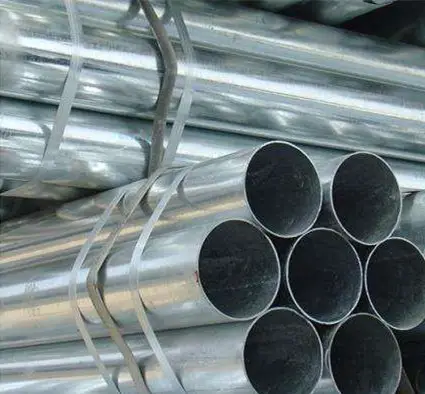
Ellipse area formula S = ∏ (pi) × a × b (where a, b are the long semi-axes of the ellipse and the length of the short semi-axis respectively). Then the volume V = [∏ (pi) × a × b - ∏ (pi) ) × (a-2) × (b-2)] * 1000
mass M = V * P (density, look up the table)
-
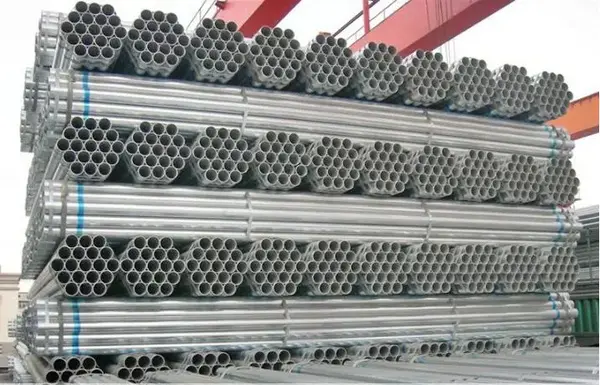
The difference between the manufacturing process of galvanized pipe and galvanized steel pipe: galvanized steel pipe and hot-dip galvanized square pipe are two categories of steel pipe. Zinc plating means that the surface of the steel pipe is galvanized, which may or may not be welded pipe.
-
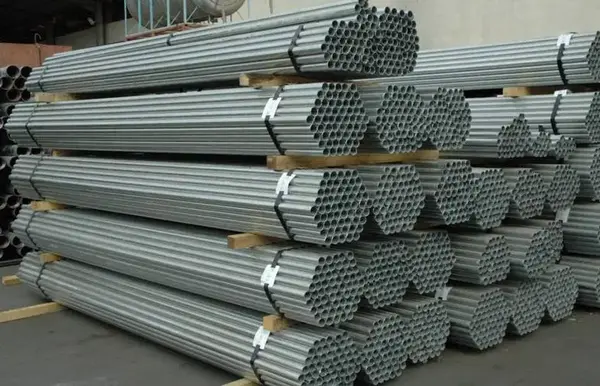
The galvanized square tube belongs to the price transition period. The focus of the government regulation is still to adjust the surplus under the premise of steady growth. Therefore, in a relatively long period of time, most domestic industries are still destocking. Lord, during this period, spot pressure will still have a greater constraint on the rise in futures prices.
-
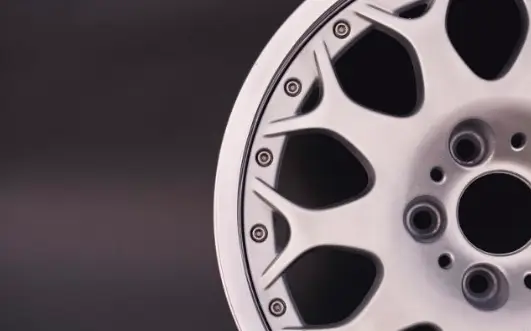
Hot rolled products are generally divided into two categories, one is hot rolled slabs and the other is hot rolled coil. Hot-rolled thick plate refers to aluminum alloy sheet with a thickness of not less than 6.0mm. The main varieties are hot-rolled sheet (H112), annealed sheet (0), quenched or quenched pre-stretched sheet, etc. Hot-rolled thick plates are usually used in hot rolling mills. It is produced by the block method. The typical process flow is: ingot (homogenization) → milling, milling edge - + heating + hot rolling shear interruption straightening.




















